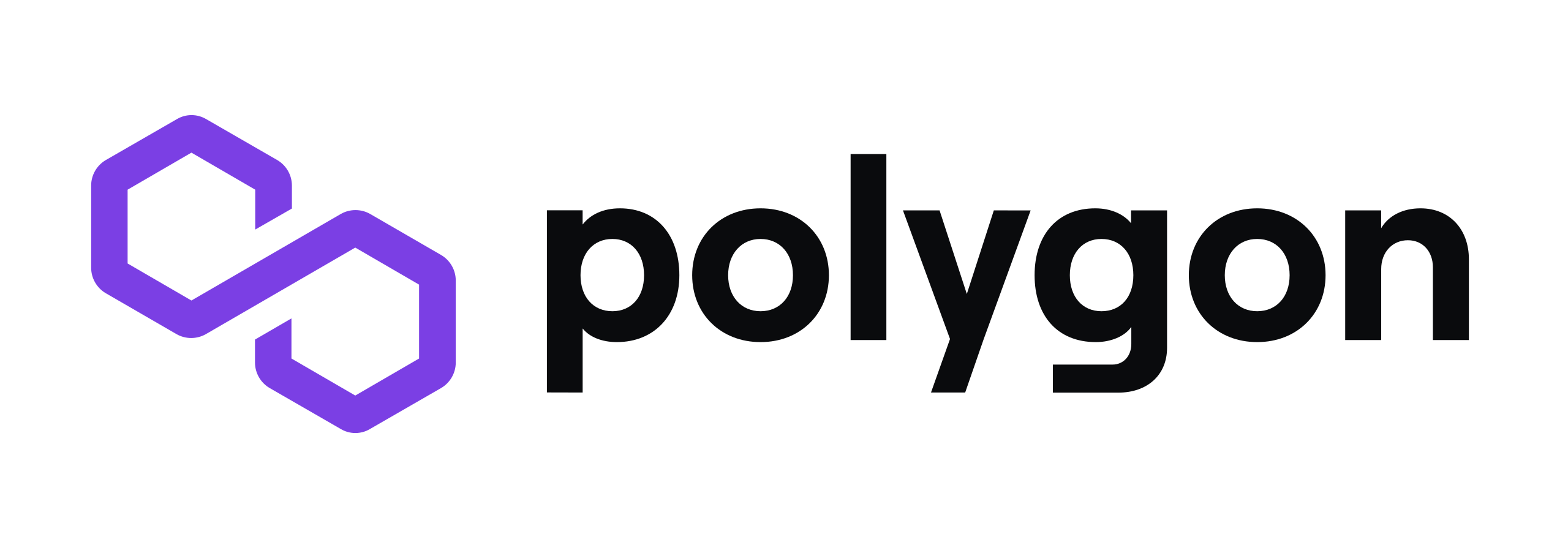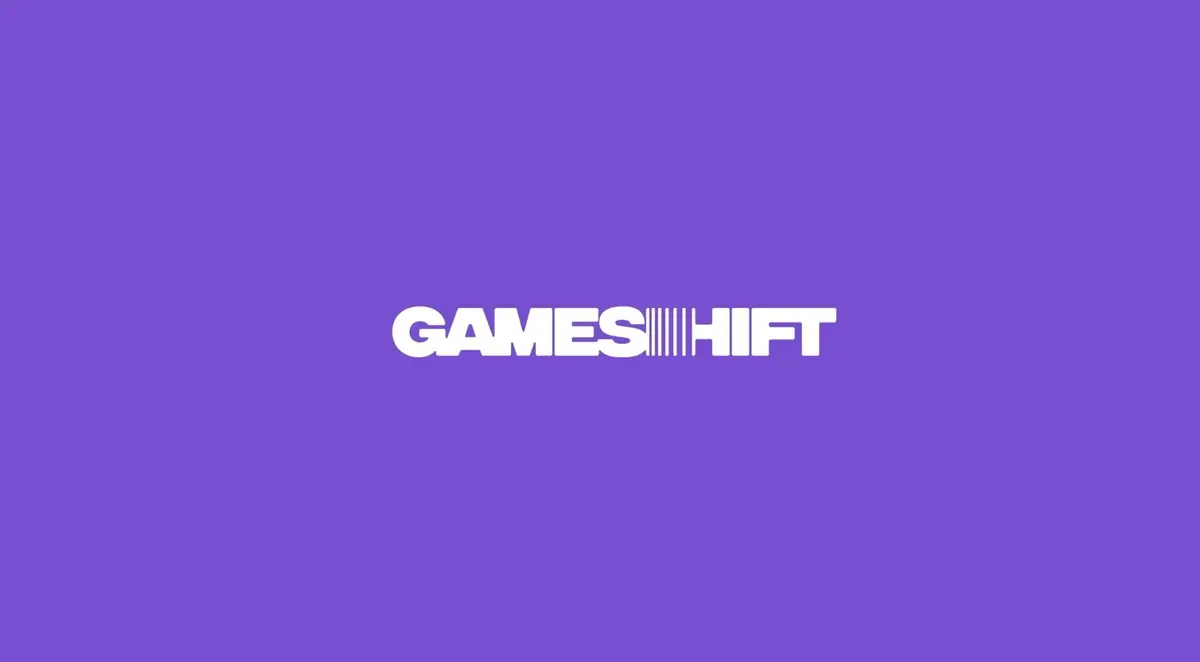Intro to Web3 Gaming
In a world where the gaming industry is increasingly looking to milk its users with freemium models and micro-transactions, those building in web3 have never had a greater opportunity to expand into gaming. The integration of blockchain into the gaming experience flips the script. Most commonly, web3 games tokenize in-game assets, allowing players to buy, sell, or trade items and in-game currencies on the open market. Instead of players being drained of additional money, players are able to monetize their efforts and financially participate in the game’s success.
Build vs. Buy
Building a game isn’t easy. Building a game that is fun and players keep coming back to is even harder. Add in the complexities of blockchain interactions and understanding the web3 tooling landscape and you’re in for a real challenge.
Generally, like all build vs. buy decisions, you’ll want to consider whether you prioritize flexibility or shortened implementation time. Comprehensive services often make opinionated decisions and have recurring costs, but if you’re willing to make these tradeoffs, they can save you many hours of research and development to build the functionality yourself.
Start Building Now
Top Technical Considerations For Builders
- What assets will you tokenize?
- What chain will you build on?
- What type of wallets will you use?
Step 1 - Tokenizing Assets 🤑
The most commonly cited benefit of web3 gaming is that players retain full ownership of their in-game assets and characters. This allows them to buy, sell, and trade their assets on open marketplaces whenever they would like. It’s important to design your game with this in mind, as users could suddenly sign in with all the top items and a large amount of currency. Further, this allows game creators to accept assets from other games as well, encouraging players to remain within their ecosystem by building up a reputation or powerful items.
You will need to decide what primitives you’d like to tokenize within your game. Some examples are as follows:
In-game currencies should be minted and distributed as fungible tokens, known as ERC-20 on EVM chains.
1 of 1 in-game assets, such as ultra rare items or in-game characters, should be minted and distributed as non-fungible tokens (NFTs), known as ERC-721 on EVM chains
1 of many in-game assets, such as items held by more than one player at a time and are not unique, should be minted as semi-fungible tokens, known as ERC-1155 on EVM chains.
It’s important to evaluate the tokenization tooling you plan to leverage based on your unique game’s needs. Some of these tools even offer white-labeled marketplaces that you can deploy within your game.
Step 2 - Selecting a Chain 🕹
While many blockchain ecosystems offer grants and other incentives, it is most important to define your game’s requirements and ensure they are met. A small amount of financing now is not going to be the game-changer for long-term success like selecting the correct ecosystem will.
The two main factors are how frequently you will be interacting with the blockchain and the available tooling for gaming within that ecosystem. If you expect to have frequent blockchain interactions, a fast transaction speed and low fees will be critical and therefore you’ll want to consider chains like Solana, Avalanche, or Aptos. When it comes to the tooling landscape, you’ll find the greatest support on chains that are EVM compatible, leading you to options like Immutable zkEVM, Polygon, or Avalanche.
If you’re looking for unbound scale beyond shared blockchains for gaming, you may want to consider launching your own chain.
Step 3 - Wallet Technology 👾
In web3, a wallet is the essential tool for blockchain access. It securely holds cryptographic keys, allowing users to verify transactions and interact with decentralized applications (dApps), such as web3 games. This contrasts with traditional web2 logins like email and password. Wallets enable players to purchase in-game items, trade digital assets, and engage in decentralized economies while controlling their data. Selecting the appropriate wallet type is crucial as it affects user onboarding, transaction security, and overall game engagement.
Self-Custody Wallets: These wallets are stored on the player's device and connect to your game via a wallet connector, allowing users full control over their private keys and assets. This method maintains consistency across dApps but places the responsibility for wallet setup and security on users, which may pose challenges for newcomers.
Embedded Wallets (Custodial): Also known as wallets-as-a-service, these are integrated directly into your game, giving you custody over the wallet’s assets. This setup enables immediate actions, like token swaps for NFTs, without additional user approvals. It simplifies onboarding by allowing sign-ups via email or social accounts, bypassing the need for players to install and learn about self-custody wallets. However, this convenience comes with potential downsides like reduced asset control and the risks of third-party custodianship.
Embedded Wallets (Non-Custodial): These wallets mix features from the above options. They utilize multi-party computation (MPC), meaning no single party fully controls the keys. Asset transfers require dual approvals from both the user and the game provider, enhancing security while simplifying user onboarding.
Programmable Wallets: These wallets use account abstraction to improve user experience while maintaining user control over assets. They allow developers to set specific transaction rules—like transferring only in-game tokens or setting a timeframe for transactions—which players can pre-approve. This facilitates seamless gameplay even though a third-party wallet application is still necessary.
When selecting your wallet tooling, be sure to first consider the tradeoffs between user experience and security to best meet your game's goals and audience needs.
As You Build
Once you’ve completed the steps above, you’re ready to start building your web3 game. As you go, be ready to explore additional concepts like:
- What library will you use?
- Do you want an in-game marketplace for buying and selling tokenized assets? Will that marketplace have a "fiat" currency integration?
- Will you be running tournaments or have leaderboards?
- Are you doing everything you can to increase awareness and distribution of your game?
Web3 Gaming as a Service Platforms
Simply finding the various tools that check the functionality boxes isn’t rough. As those who have worked in software for long enough know, the complexity is at the edges. Stitching together the various tools in a way where they’re complimentary is often a challenge. So, while you can allocate your time to this, leveraging a platform that has already addressed the edge cases and works together as a whole is worth considering.
Doing so will allow you to focus on game differentiation, even though you may incur incremental costs through a vendor.
Here are a few one-stop shops that offer a range of tools, often bundled together:
Platform | Chains | SDK Languages | Tools |
|---|---|---|---|
Mirror World | EVM Chains, Solana, Sui | Unity, JavaScript, Rust, Android, iOS |

















